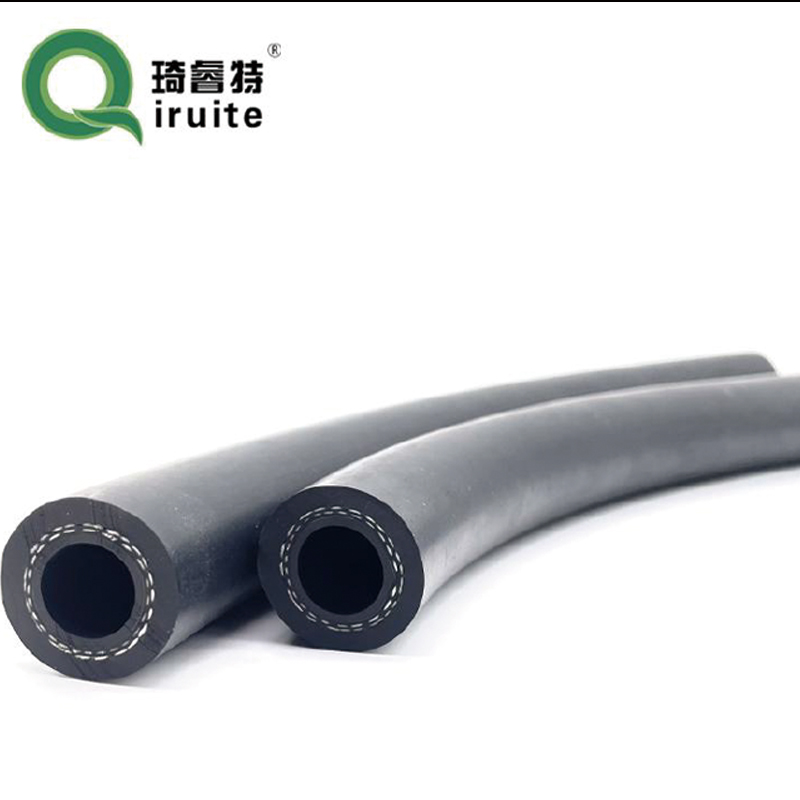what is the primary purpose of power steering hoses
The Primary Purpose of Power Steering Hoses
Power steering systems are an essential component of modern vehicles, providing drivers with effortless control and maneuverability when steering. At the heart of this system are power steering hoses, which play a critical role in ensuring that the power steering mechanism functions smoothly and efficiently. Understanding the primary purpose of these hoses is crucial for anyone looking to maintain their vehicle’s power steering system.
What are Power Steering Hoses?
Power steering hoses are specialized tubes designed to transport hydraulic fluid from the power steering pump to the steering gear or rack. This fluid is pressurized by the pump, allowing it to assist the driver in turning the steering wheel with minimal effort. Power steering hoses are typically made from durable materials that can withstand high pressure and harsh conditions, ensuring longevity and reliability.
Primary Functions of Power Steering Hoses
1. Fluid Transmission The most fundamental purpose of power steering hoses is to carry hydraulic fluid throughout the power steering system. When a driver turns the steering wheel, the power steering pump provides hydraulic pressure that flows through these hoses. This pressure enhances the steering capability, allowing for smoother and easier turns.
2. Pressure Management The hoses are designed to handle high-pressure fluid, commonly ranging from 1,000 to 1,500 psi. As part of the power steering system, it’s crucial that these hoses maintain their integrity under pressure. Any leaks or ruptures in the hoses can lead to a substantial loss of hydraulic fluid, resulting in impaired steering performance and potentially causing dangerous driving conditions.
what is the primary purpose of power steering hoses

3. Flexibility and Movement Power steering hoses must be flexible enough to accommodate the movements of the steering and suspension systems. As the vehicle moves and the steering components operate, the hoses must bend and flex without kinking or breaking. This allows for uninterrupted flow of hydraulic fluid while ensuring that the hoses do not interfere with other components in the engine bay.
4. Heat Dissipation Hydraulic fluid can become hot during operation due to the friction and continuous movement within the system. Power steering hoses are designed to dissipate some of this heat, helping to maintain the effectiveness of the hydraulic fluid and preventing overheating. This ensures that the fluid retains its viscosity and continues to provide effective steering assistance.
5. Durability and Resistance Given the automotive environment, power steering hoses need to resist various factors, including extreme temperatures, chemical exposure, and physical wear. Quality hoses are engineered with materials that prevent deterioration over time, such as rubberized compounds that can withstand both heat and cold. Regular inspections can help identify any signs of wear or degradation, allowing for proactive maintenance that can prevent system failures.
Importance of Power Steering Hoses in Vehicle Maintenance
Regular maintenance of power steering hoses is vital for ensuring the overall performance and safety of a vehicle. Most vehicle manufacturers recommend periodic checks of the power steering system, including the hoses, to prevent leaks and ensure they are not cracked or damaged. Neglecting these components can lead to more significant issues, such as complete power steering failure, which can severely limit the safety and control of a vehicle while driving.
In conclusion, power steering hoses are integral to the functionality of a vehicle’s power steering system. By effectively transporting hydraulic fluid, managing pressure, and allowing for movement, they enable drivers to navigate their vehicles with ease and safety. Understanding the importance of these hoses not only highlights their role in daily driving but also underscores the value of regular vehicle maintenance. Investing time in checking and maintaining power steering hoses can enhance vehicle performance and ensure a safer driving experience.
-
Ultimate Spiral Protection for Hoses & CablesNewsJun.26,2025
-
The Ultimate Quick-Connect Solutions for Every NeedNewsJun.26,2025
-
SAE J1401 Brake Hose: Reliable Choice for Safe BrakingNewsJun.26,2025
-
Reliable J2064 A/C Hoses for Real-World Cooling NeedsNewsJun.26,2025
-
Heavy-Duty Sewer Jetting Hoses Built to LastNewsJun.26,2025
-
Fix Power Steering Tube Leaks Fast – Durable & Affordable SolutionNewsJun.26,2025

